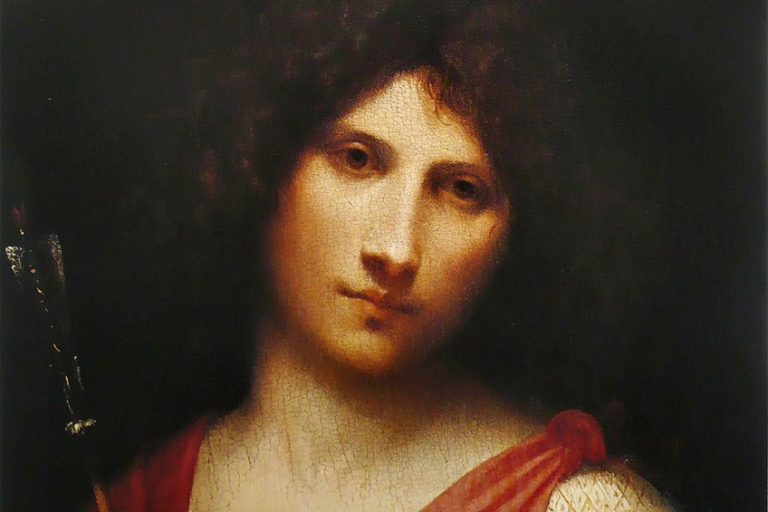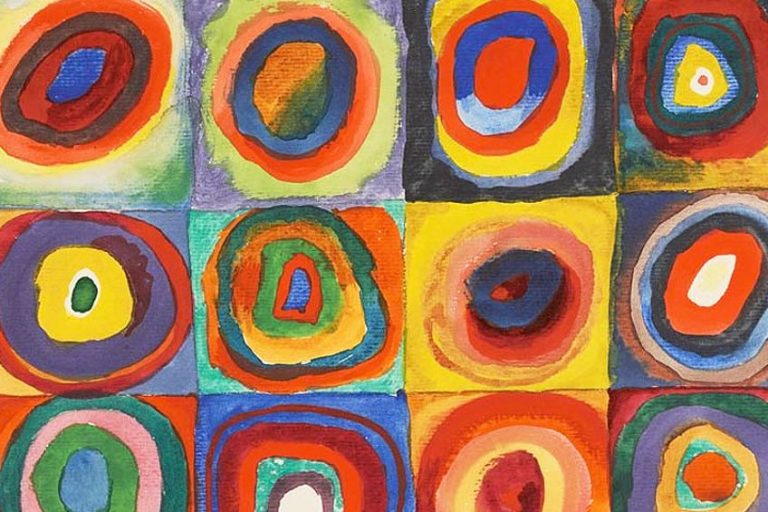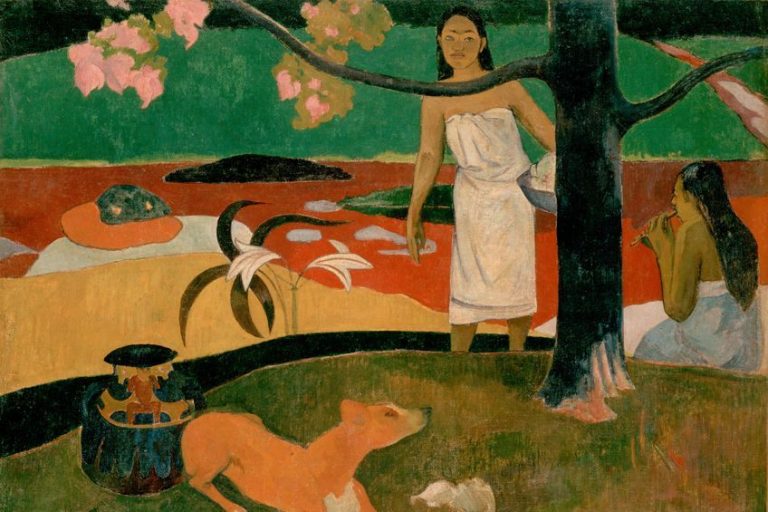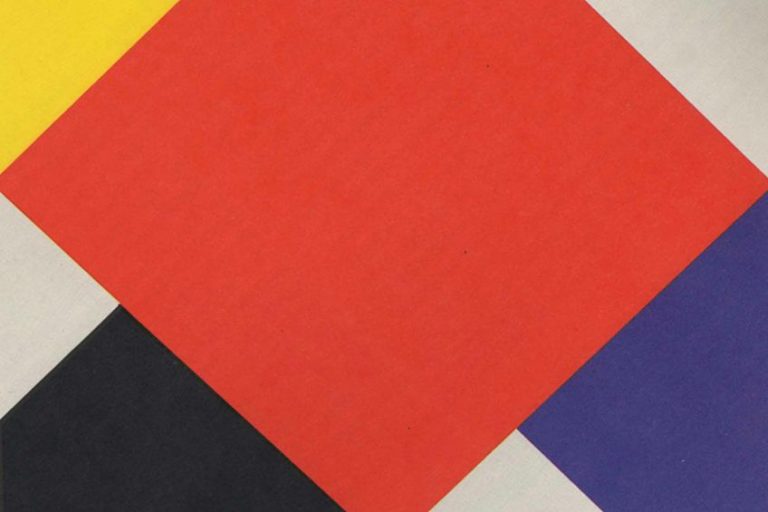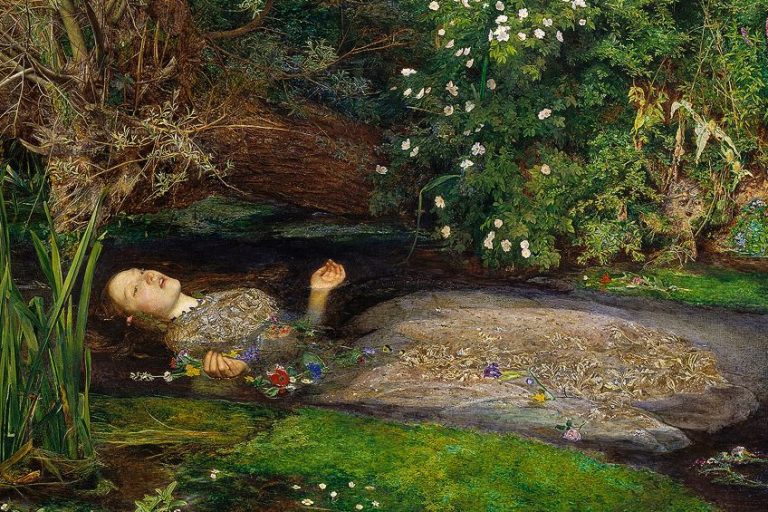Virgin of Guadalupe in Art – Iconography and Influence
The Virgin of Guadalupe holds a significant place in art, embodying a wide array of meanings and values. Originally depicted in the 16th century, the portrayal of the Virgin of Guadalupe is rooted in the apparition event said to have occurred in 1531, where the Virgin Mary appeared to Juan Diego on the hill of Tepeyac near Mexico City. Since then, the image of the Virgin of Guadalupe has become a fixture in religious and cultural contexts, transcending beyond mere artistic expression to become a symbol of Mexican identity and faith. Through a selection of notable examples, we uncover the enduring allure and significance of this revered icon in the world of art.
Table of Contents
- 1 Key Takeaways
- 2 Historical Context and Origins
- 3 Religious and Cultural Significance
- 4 Virgin of Guadalupe in Paintings
- 4.1 Virgin of Guadalupe (16th century) by Unknown
- 4.2 Virgin of Guadalupe (Virgen de Guadalupe) (1691) by Manuel de Arellano
- 4.3 Virgin of Guadalupe and Castas (1750) by Luis de Mena
- 4.4 Virgin of Guadalupe with the Four Apparitions (c. 1777) by Juan de Sáenz
- 4.5 Virgin of Guadalupe (c. 1824) by Isidro Escamilla
- 4.6 Retablo de la Virgen de Guadalupe con san Juan Bautista, fray Juan de Zumárraga y Juan Diego (unknown) by Miguel Cabrera
- 4.7 La Virgen de Guadalupe (1934) by Alfredo Ramos Martinez
- 5 Modern Depictions and Legacy
- 6 Frequently Asked Questions
Key Takeaways
- The Virgin of Guadalupe is a central religious and cultural icon first depicted in the 16th century.
- Artistic interpretations of the Virgin have varied, incorporating distinct styles and techniques over time.
- Modern artistic depictions continue to shape the Virgin of Guadalupe’s significance and legacy.

Historical Context and Origins
The Virgin of Guadalupe is a fundamental religious and cultural icon in Mexico, intricately tied to both indigenous beliefs and Spanish colonial history. Her veneration is rooted in the reported apparitions of 1531 which occurred shortly after the fall of the Aztec empire, blending the Nahuatl culture with Catholicism.

Apparitions of 1531
In December of 1531, it is reported that the Virgin Mary appeared to Juan Diego, a native Mexican who had embraced Christianity, on the Hill of Tepeyac close to Mexico City. These apparitions led to the establishment of the Virgin of Guadalupe as an important Catholic symbol, revered as the Mother of God and a protector of the Mexican people.
Symbolism and Nahuatl Culture
The Virgin of Guadalupe is a syncretic figure, symbolizing the fusion of Spanish Catholic and indigenous Mexica elements. Her image incorporates aspects of Nahuatl symbolism, which held significant meaning for the indigenous population.
The linguistic and cultural context of Nahuatl, spoken by the Nahua people of Central Mexico, played a crucial role in shaping the narrative of the Virgin of Guadalupe.
Spanish Colonization of the Americas
The Virgin of Guadalupe’s emergence coincided with the aftermath of the Spanish conquest, particularly the fall of Tenochtitlan in 1521. This period marked a transformation of the religious landscape in the Americas, where Spanish colonizers endeavored to convert Indigenous Peoples to Christianity.
Religious and Cultural Significance
The Virgin of Guadalupe holds unparalleled significance in both religious and cultural dimensions, symbolizing a unique blend of indigenous identity and Catholic devotion.

Virgin of Guadalupe as a Symbol of Mexican Identity
The Virgin of Guadalupe serves as a powerful emblem of Mexican identity, extending beyond simple religious symbolism. Bridging pre-Hispanic cultures with Spanish influences, the image of the Virgin has become a central figure in the Mexican nation-state’s identity. December 12th marks her feast day, which is celebrated nationwide, reinforcing her role as the patroness not only of Mexico but throughout the Americas.
She represents indigenous narratives through her miraculous appearance to Juan Diego, an indigenous man, which is widely perceived as an act of divine intervention that signified the blending of cultures.
Virgin of Guadalupe in Paintings
The original image of the Virgin of Guadalupe is said to have appeared on the cloak of Juan Diego, an indigenous Mexican, in December 1531. This image is considered the most sacred and iconic depiction of the Virgin of Guadalupe. The Virgin of Guadalupe holds great significance in Mexican culture and has been a subject of veneration in art for centuries. Below, we will be taking a look at some notable iterations of the figure.

Virgin of Guadalupe (16th century) by Unknown
| Date | 16th century |
| Medium | Not specified |
| Dimensions (cm) | Not specified |
| Where Is It Housed? | Tepeyac Hill, Mexico City, Mexico |
The Virgin of Guadalupe is a 16th-century artwork of profound cultural significance and religious devotion. The piece depicts the Virgin Mary, known as Our Lady of Guadalupe, in a vibrant and sacred manner, reflecting the fusion of Catholicism and indigenous beliefs in Mexico. Adorned with symbolic elements such as rays of light and a crescent moon, the image embodies hope, faith, and spiritual connection.
Despite its anonymous creator, the artwork continues to inspire reverence and devotion among believers and art enthusiasts alike.

Virgin of Guadalupe (Virgen de Guadalupe) (1691) by Manuel de Arellano
| Date | 1961 |
| Medium | Oil on canvas |
| Dimensions (cm) | 181.4 x 123.4 |
| Where Is It Housed? | Los Angeles County Museum of Art, California, United States |
Virgin of Guadalupe (Virgen de Guadalupe) by Manuel de Arellano exemplifies the Baroque style with its intricate detailing and emotional intensity. The painting portrays the iconic image of the Virgin Mary as Our Lady of Guadalupe, adorned with symbolic elements such as the radiant halo and the crescent moon. Arellano’s skillful use of color and composition amplifies the spiritual significance of the subject, evoking a sense of reverence and devotion.
Due to its exceptional craftsmanship, the artwork continues to stand as a significant symbol of faith and cultural identity within the annals of Mexican art history.

Virgin of Guadalupe and Castas (1750) by Luis de Mena
| Date | 1750 |
| Medium | Oil on canvas |
| Dimensions (cm) | 119 x 103 |
| Where Is It Housed? | Museo de América, Madrid, Spain |
Virgin of Guadalupe and Castas is a compelling representation of colonial Mexico’s complex social and religious dynamics. The artwork juxtaposes the revered figure of the Virgin Mary with depictions of castas, or mixed-race individuals, reflecting the diversity and stratification of Mexican society. Through meticulous detail and symbolism, Mena addresses themes of race, identity, and devotion, inviting viewers to contemplate the intersections of faith and cultural heritage.
This painting serves as a poignant commentary on the complexities of colonialism and the enduring significance of the Virgin of Guadalupe in Mexican art and society.

Virgin of Guadalupe with the Four Apparitions (c. 1777) by Juan de Sáenz
| Date | c. 1777 |
| Medium | Not specified |
| Dimensions (cm) | Not specified |
| Where Is It Housed? | Museo Soumaya, Mexico City, Mexico |
Virgin of Guadalupe with the Four Apparitions by Juan de Sáenz is a captivating portrayal of the iconic Marian apparitions in Mexican religious tradition. The artwork depicts the Virgin Mary surrounded by scenes representing her miraculous appearances to Juan Diego, conveying a profound sense of divine intervention and spiritual revelation. Sáenz’s meticulous attention to detail and emotive composition imbues the painting with a sense of awe and reverence, inviting viewers to contemplate the enduring significance of the Guadalupe apparitions in Mexican Catholicism.
Through its compelling imagery, the artwork serves as a testament to the enduring power of faith and devotion in Mexican cultural heritage.

Virgin of Guadalupe (c. 1824) by Isidro Escamilla
| Date | c. 1824 |
| Medium | Oil on canvas |
| Dimensions (cm) | 58.1 x 38.1 |
| Where Is It Housed? | Brooklyn Museum, New York City, United States |
Virgin of Guadalupe epitomizes the enduring veneration and cultural significance of the iconic Marian figure in Mexican art. The painting captures the Virgin Mary as Our Lady of Guadalupe, radiating grace and compassion, with delicate features and rich colors. Escamilla’s meticulous attention to detail, from the folds of her robes to the symbolic elements surrounding her, evokes a sense of spiritual presence and devotion.
Through this masterpiece, Escamilla reinforces the profound impact of the Guadalupe apparitions on Mexican religious identity and artistic expression.

Retablo de la Virgen de Guadalupe con san Juan Bautista, fray Juan de Zumárraga y Juan Diego (unknown) by Miguel Cabrera
| Date | Unknown |
| Medium | Oil on copper |
| Dimensions (mm) | 560 x 440 |
| Where Is It Housed? | Museo Nacional de Arte, Mexico City, Mexico |
Retablo de la Virgen de Guadalupe con san Juan Bautista, fray Juan de Zumárraga y Juan Diego by Miguel Cabrera is a masterful representation of the Guadalupe narrative in Mexican colonial art. The retablo features the Virgin of Guadalupe alongside significant figures like Saint John the Baptist, Friar Juan de Zumárraga, and Juan Diego, encapsulating the pivotal moments of the Guadalupan story. Cabrera’s meticulous craftsmanship and attention to detail infuse the artwork with a sense of reverence and spiritual fervor, highlighting the profound cultural and religious significance of the Guadalupe tradition in Mexican society.
Through this retablo, Cabrera reinforces the enduring devotion and reverence for Our Lady of Guadalupe in Mexican Catholicism.

La Virgen de Guadalupe (1934) by Alfredo Ramos Martinez
| Date | 1934 |
| Medium | Not specified |
| Dimensions (cm) | Not specified |
| Where Is It Housed? | Victor Valley Museum, California, United States |
La Virgen de Guadalupe showcases a modern interpretation of the iconic Guadalupe image. Martinez’s rendition exudes simplicity and purity, with the Virgin Mary depicted in a serene and ethereal manner. Through bold strokes and vibrant colors, Martinez captures the essence of spiritual devotion and cultural reverence associated with the Guadalupe iconography.
This artwork serves as a testament to the enduring influence of the Guadalupe tradition in Mexican art and society, embodying a timeless symbol of faith and cultural identity.

Modern Depictions and Legacy
Within the vast sphere of religious iconography, the Virgin of Guadalupe has transcended traditional boundaries to become a pivotal symbol in contemporary art, melding spiritual and cultural narratives. Contemporary artists often draw upon the Virgin’s ashen skin which symbolizes a blend of native and Spanish features, indicative of the cosmopolitan nature of colonial Mexican society. Her image is heavily associated with Mexican independence, with revolutionary leaders like Father Miguel Hidalgo utilizing the Virgin as a unifier. Her portrait, bearing resemblance to Our Lady of Guadalupe, even appears in the national emblem, the Escudo de Armas de México.
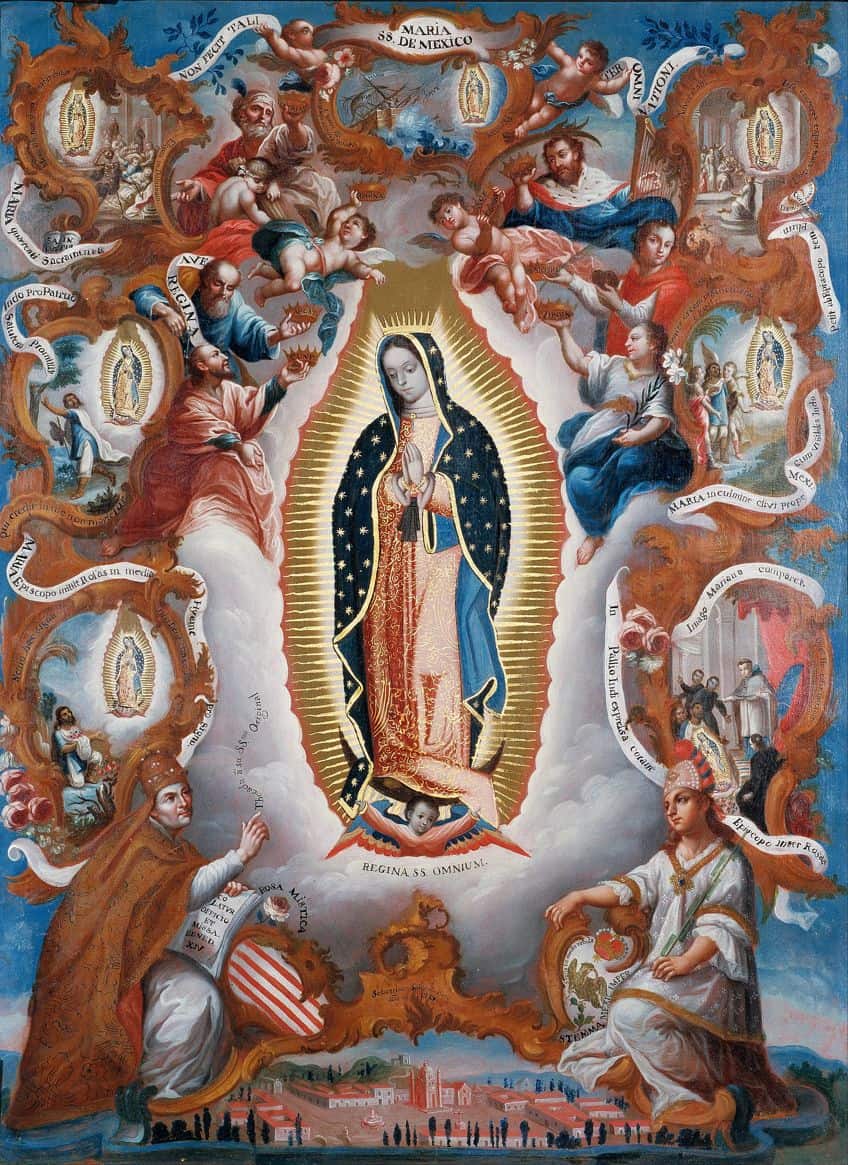
In modern art, her image has been reinvented and reimagined, sometimes merging with elements from other cultures, such as Japanese Namban lacquer work, suggesting the influence of the Manila Galleons on New Spain—a historic example of early globalization. Museums, notably LACMA, have displayed art pieces that reflect this intercultural dialogue, demonstrating the Virgin’s role as the Queen of Heaven who surpasses geographical and temporal borders.
The depiction of the Virgin of Guadalupe in art stands as a testament to faith, cultural identity, and the enduring power of spiritual symbolism. From Juan Diego’s humble cloak to the masterpieces of renowned artists, her image inspires devotion and artistic expression across generations. It serves as a timeless reminder of the human quest for meaning, beauty, and divine connection.

Frequently Asked Questions
What Is the Symbolic Meaning Behind the Depiction of the Virgin of Guadalupe in Art?
In art, the Virgin of Guadalupe is often depicted with a halo of stars, standing on a crescent moon and shrouded in a sun-like aura. This imagery aligns with the Book of Revelation (12:1) and signifies her as the woman clothed with the sun, with the moon under her feet. She is also seen as a symbol of faith and cultural identity, especially within Mexico.
Who Is Credited With the Creation of the Iconic Virgin of Guadalupe Image?
The iconic image of the Virgin of Guadalupe is traditionally believed to have been created supernaturally on the tilma (cloak) of Saint Juan Diego in 1531. However, a scientific examination by José Sol Rosales in 1982 suggests that the image was a result of human artistry, though church officials at the time disputed these findings.
Isabella studied at the University of Cape Town in South Africa and graduated with a Bachelor of Arts majoring in English Literature & Language and Psychology. Throughout her undergraduate years, she took Art History as an additional subject and absolutely loved it. Building on from her art history knowledge that began in high school, art has always been a particular area of fascination for her. From learning about artworks previously unknown to her, or sharpening her existing understanding of specific works, the ability to continue learning within this interesting sphere excites her greatly.
Her focal points of interest in art history encompass profiling specific artists and art movements, as it is these areas where she is able to really dig deep into the rich narrative of the art world. Additionally, she particularly enjoys exploring the different artistic styles of the 20th century, as well as the important impact that female artists have had on the development of art history.
Learn more about Isabella Meyer and the Art in Context Team.
Cite this Article
Isabella, Meyer, “Virgin of Guadalupe in Art – Iconography and Influence.” Art in Context. February 15, 2024. URL: https://artincontext.org/virgin-of-guadalupe-in-art/




